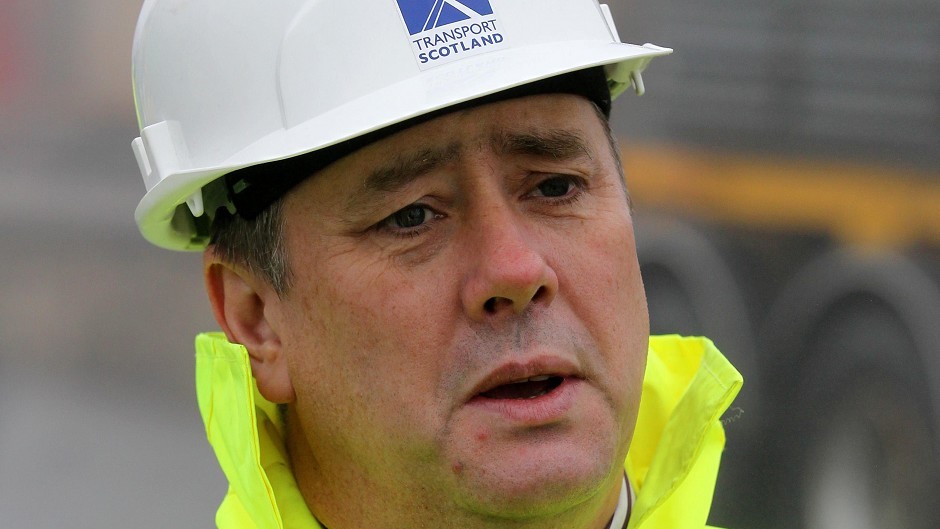The preferred route for dualling more than a quarter of the A9 was revealed yesterday, including the latest stretch in the Highlands.
Transport Scotland’s plans for the Dalwhinnie to Crubenmore section, which will be just short of five miles, were put on show to the public.
The Scottish Government agency also revealed their plans for two dualled stretches in Perthshire, marking progress on 20 miles of the 80 which are part of the £3billion scheme.
The plans for the Dalwhinnie to Crubenmore section mainly involve widening the route to the south of the existing line of the road.
Transport Scotland said this is because of the surrounding hilly geography and the River Truim which flows close to the road.
A full graded junction will be built to the south of Dalwhinnie providing access to the village.
There is also a northbound length of widening at the north end of the section to avoid widening into the steep hillside to the east of the A9. A full grade separated junction will be provided to the south of Dalwhinnie.
The Scottish Government has committed to dualing the length of the A9 between Inverness and Perth by 2025.
The first stretch between Kincraig and Dalraddy is currently under construction and is due to be completed by the summer of next year.
Yesterday cabinet secretary for infrastructure, investment and cities Keith Brown said: “Now through the essential design and development work and public engagement that has been going on across the programme, we can let the public see the preferred route for three of the sections to be dualled – around a quarter of the programme.
“In designing the preferred routes, we have engaged widely with local communities and local representatives and that vital feedback has helped shape these preferred routes. We have also taken a number of factors into consideration including where possible minimising any effect on properties, protection of the environment and the topography for each section.
“I would encourage anyone interested in seeing our plans to come along to one of the engagement events or view them online. We hope to let the public see the preferred routes for other sections later this year.
“With construction now underway, preferred routes on show for three sections and preparation work for other sections developing, providing around 800 engineering jobs in Scotland, the programme remains on track to be completed on time by 2025.”
The government also confirmed yesterday that they are combing two Perthshire sections from Killiecrankie to Pitagowan and then on to Glen Garry as they progress the design of the route.
